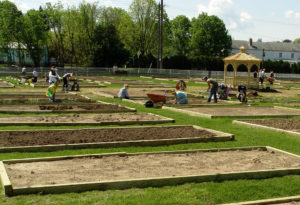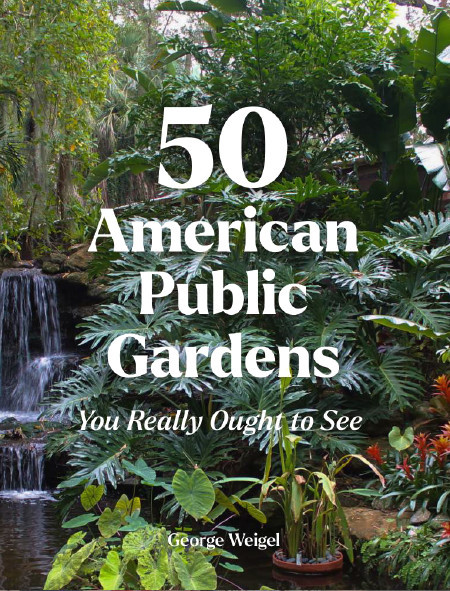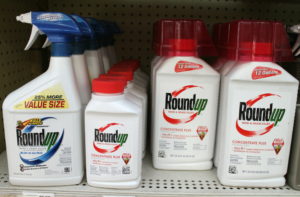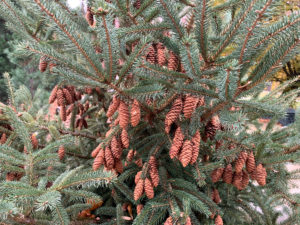Gardening Trends of 2022
January 4th, 2022
Will we stick with it?

Will all of those new COVID-induced gardeners stick with their new hobby in 2022?
That’s the big question the gardening industry is wondering after some 18 million new gardeners took to the soil in 2020 as COVID forced people to stay at home.
At least so far, the gardening boom is showing no sign of a let-up.
Seeds and plants were in big demand (and short supply) for a second straight year in 2021, while 86 percent of gardeners said in an Axiom Marketing research study that they gardened as much or more in 2021 as in 2020.
That jives with a broader McKinsey Global Institute “stickiness test” survey that claims that 75 percent of people will stick with “home nesting” in 2022, a category that includes gardening.
Apparently, a lot of us like spending more time at home… and the activities that go with it.
Here’s a closer look at what gardening trend-watchers see unfolding in 2022:
Who’s gardening and why?
Research by the National Gardening Association finds that the biggest growth in gardening has come from Millennials (born roughly between 1981 and 1996), although there’s been disproportionate growth in two other groups not previously into gardening big-time – renters and people of color.
“Men under 35 show the most significant increase,” says Katie Dubow, president of the Chester County-based Garden Media Group and author of its 2022 “From Crisis to Innovation” Garden Trends Report.
She cites one study that showed “eight in 10 young people think gardening is ‘cool’ – and that more than half would rather go to a garden center than a nightclub.”
David Wilson, a Lower Paxton Twp. horticulturist who’s marketing director for Overdevest Nurseries’ Garden Splendor line of plants, says that COVID and the resulting work-at-home boom has shifted where younger people want to live – and therefore how they garden.
He says that pre-COVID, “young people wanted to populate urban and inner-city areas where the interest in gardening was very limited and confined to houseplants and plant culture in containers on decks and balconies. Now, because it has become acceptable by employers to allow folks to continue to work from home, the need for ‘more space’ and ‘getting away from the masses’ has fueled a strong movement out to the countryside and into suburbs.”
He says that should translate into more and bigger in-ground gardens and even more demand for plants.
“The vast majority of retailers that I’ve talked to reported continued strong returns last season,” Wilson says. “Most of them see this continuing into 2022… On the whole, it looks like maybe we are seeing the beginnings of a new wave of interest in gardening that will take over when all of us old Baby-Boomers ‘down-size’ and hang up the spades, rakes and shovels.”
Slimmer pickings, higher prices
All of this new demand – combined with COVID- and supply-chain-related staffing, production, and shipping problems – will likely add up to both higher prices and tight inventory for plants and gardening products in 2022.
Ted Ventre, owner of Hively Landscapes in Dover and a Pennsylvania Landscape and Nursery Association board member, says there’s a “near crisis” in plant availability.
He says tight supplies “have been brewing since the Great Recession that saw the demise of so many small nursery and propagation operations that supply the landscape industry.”
COVID-related labor issues and the huge spike in demand accelerated the shortfall the past two years.
“Unlike many materials that are in short supply,” Ventre said, “you can’t grow more plants simply by adding another production run. It takes five to 10 years to grow a three-inch-caliper tree.”
He cites a recent poll by the National Association of Landscape Contractors that found 80 percent of landscapers either increased prices in 2021 or are planning to increase them in 2022 – mainly because of higher labor and materials costs.
The plant industry also has been plagued in the past year with drought and other weather issues, shipping delays in hard goods, trouble acquiring pots, and 10- to 30-percent increases in plastic and fertilizer prices.
The upshot? Gardeners will need patience, flexibility, and probably a higher budget in 2022. If you see the plant you really want, best to grab it rather than wait for it to go on sale later.
“Everyone expects all of this to become worse before it becomes better,” says Ventre.











